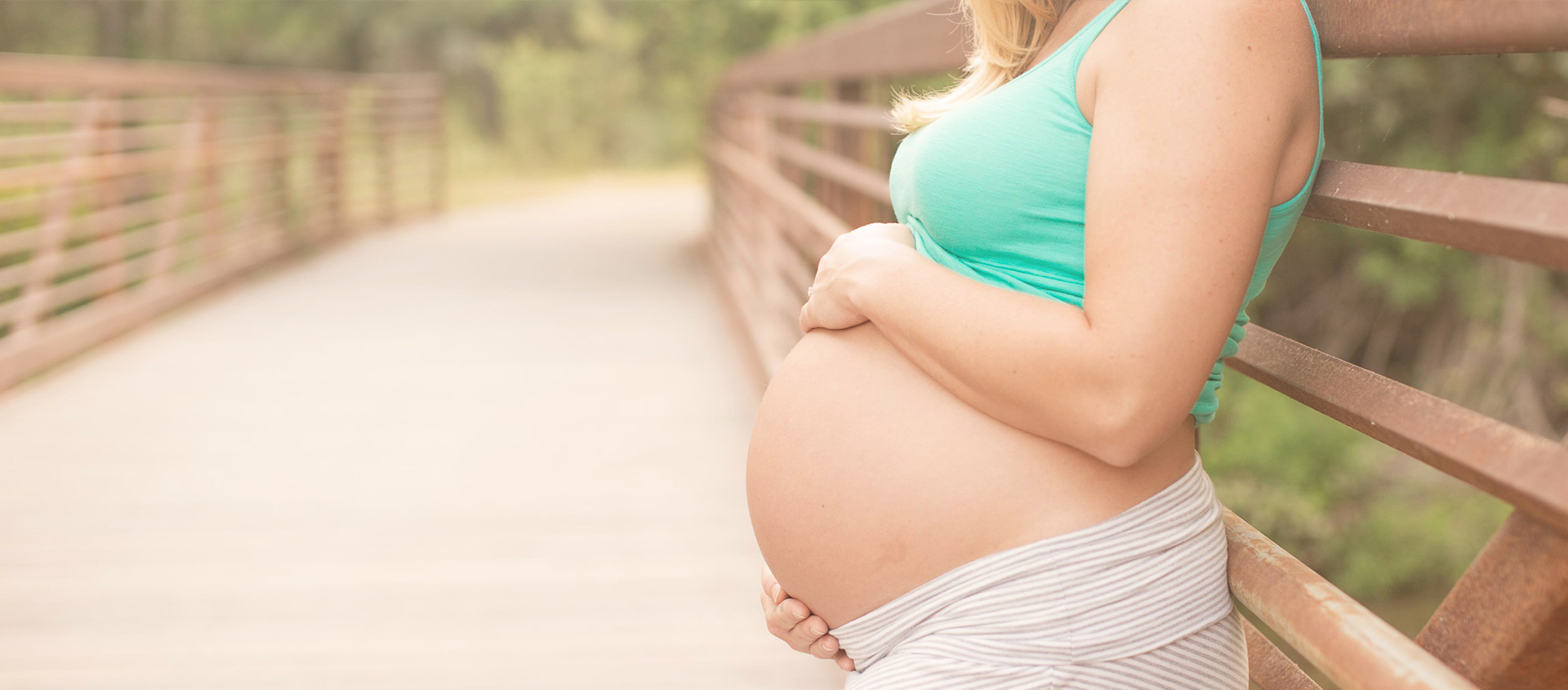
How Can I Protect My Baby From SIDS?
Ask Austin Expecting
Readers’ questions answered by local experts. You submit your questions; we get you an answer from an Austin professional.
 In our role as postpartum doulas, we support new parents, not only as they welcome their baby into the world, but also as they welcome them home for the first time.
In our role as postpartum doulas, we support new parents, not only as they welcome their baby into the world, but also as they welcome them home for the first time.
Naturally, bringing a new baby home can trigger a range of questions and fears for new parents. Without a doubt, the most common question we get asked is how to prevent SIDS or Sudden Infant Death Syndrome.
SIDS is defined as the unexplained sudden death of an infant younger than one year of age. It is the leading cause of death among babies between one month and one year of age and most common in babies between one and four months.

In 1994, the Back to Sleep Campaign was initiated with the primary goal of educating caregivers on how to reduce the risk of SIDS. Thanks to years of research and continuous caregiver education, the rate of SIDS has dropped by 50%. However, according to the American SIDS Institute, there are still around 4,000 sleep-related deaths in the US each year.
Despite progress, unanswered questions and confusion among new parents remain.
To best understand how to protect your baby, it’s important to note the distinction between Sudden Infant Death Syndrome and accidental suffocation. To classify an infant death as SIDS, a full autopsy and death scene investigation must be completed resulting in no clear evidence or explanation for the death. It is unexplained, and therefore considered unpreventable.
By contrast, accidental suffocation is defined as death resulting from airway obstruction causing oxygen deprivation and increased carbon dioxide. This type of death is classified as accidental and, through the practice of safe sleep methods, is preventable.
It’s important to note the distinction between Sudden Infant Death Syndrome and accidental suffocation.
Doulas of Austin makes every effort to give our clients the most current and accurate information on SIDS.
Today the unfortunate fact remains: SIDS is not preventable. But, there are several things you can do to create a safe sleep environment and in turn, reduce the risk of accidental suffocation.
- ALWAYS place your baby on their back to sleep
- ALWAYS place your baby to sleep on a firm surface covered only with a fitted sheet
- Practice “room sharing” where your baby is sleeping in the same room as you, but in their own separate sleep area
- Keep their sleep area free of any loose bedding, crib bumpers, or soft objects
- NEVER expose your baby to smoke – including second hand smoke
- Breastfeed your baby if possible
- Offer your baby a pacifier during sleep (but do not force it)
- Do not let your baby get too hot while sleeping
- Practice ‘tummy time’ while your baby is awake to strengthen the neck and back muscles
When educating our clients on the dangers of unsafe sleep and SIDS, we are always sure to tell them that being scared or worried is normal. That is what makes you a great parent! Just as with many things in parenting, we do not have complete control over everything that happens as much as we would like that to be the case; instead we do our best to make informed choices.
Chiminh Ashton, MS, RN, PHN, is a certified birth and postpartum doula and owner of Doulas of Austin. For more information, visit:
 Doulas of Austin
Doulas of Austin
doulasofaustin@gmail.com
619-723-4463
Facebook: @doulasofaustin
Instagram: @doulasofaustin
Austin Expecting is Austin’s most exhaustive prenatal, birth and postpartum resource directory. Find all your pregnancy care and service providers in our comprehensive directory. Stay up to date with all the goings on for expectant moms with our events calendar. Connect with Austin moms and providers by following our blog. The advice and opinions on this website are for informational purposes only. Do not use this information against the advice of your medical practitioner. Always consult your doctor or practitioner for any health-related issues you may be experiencing.



